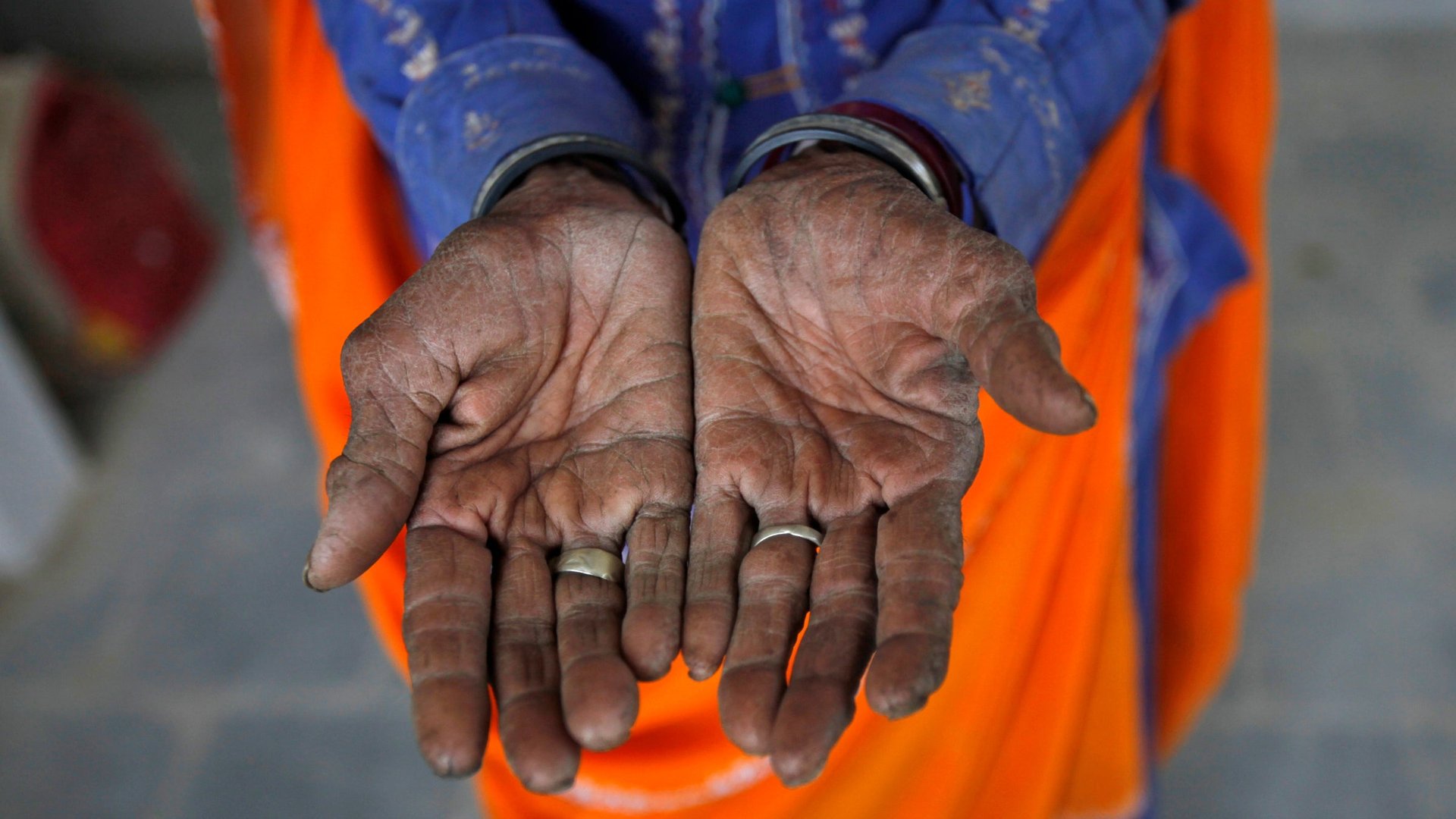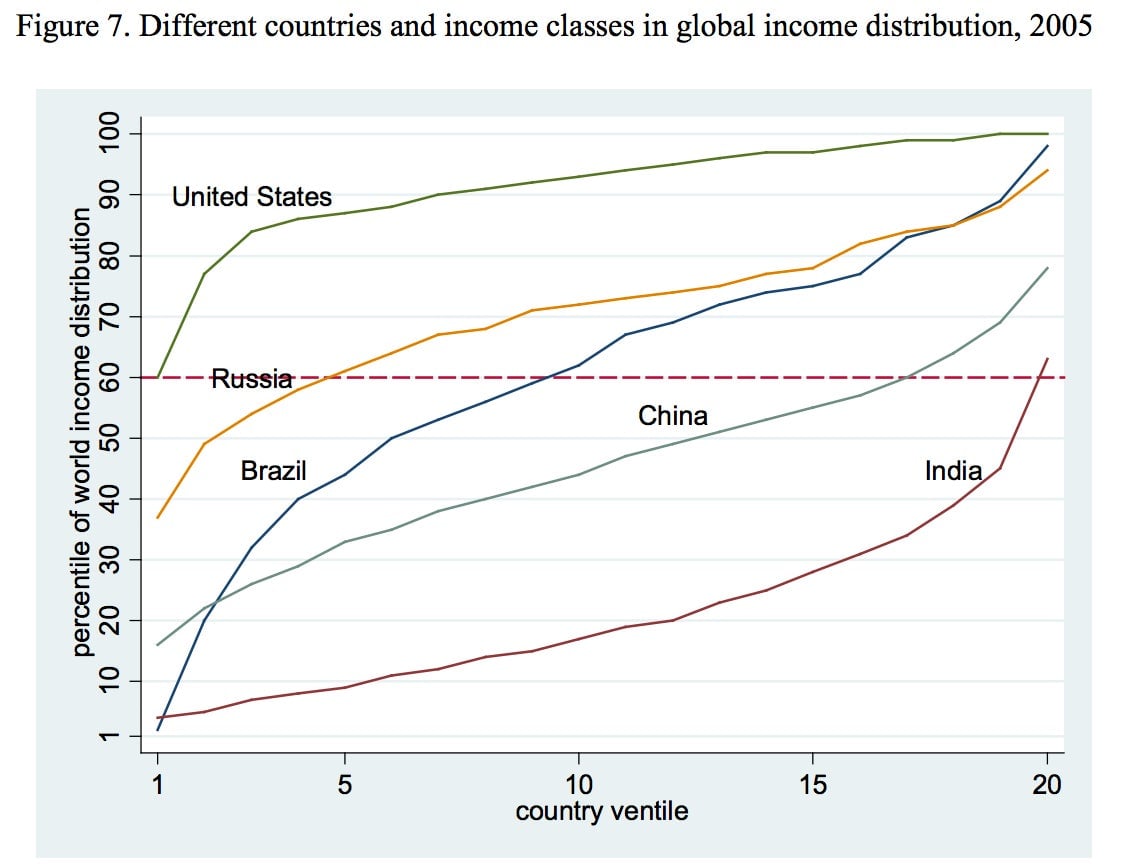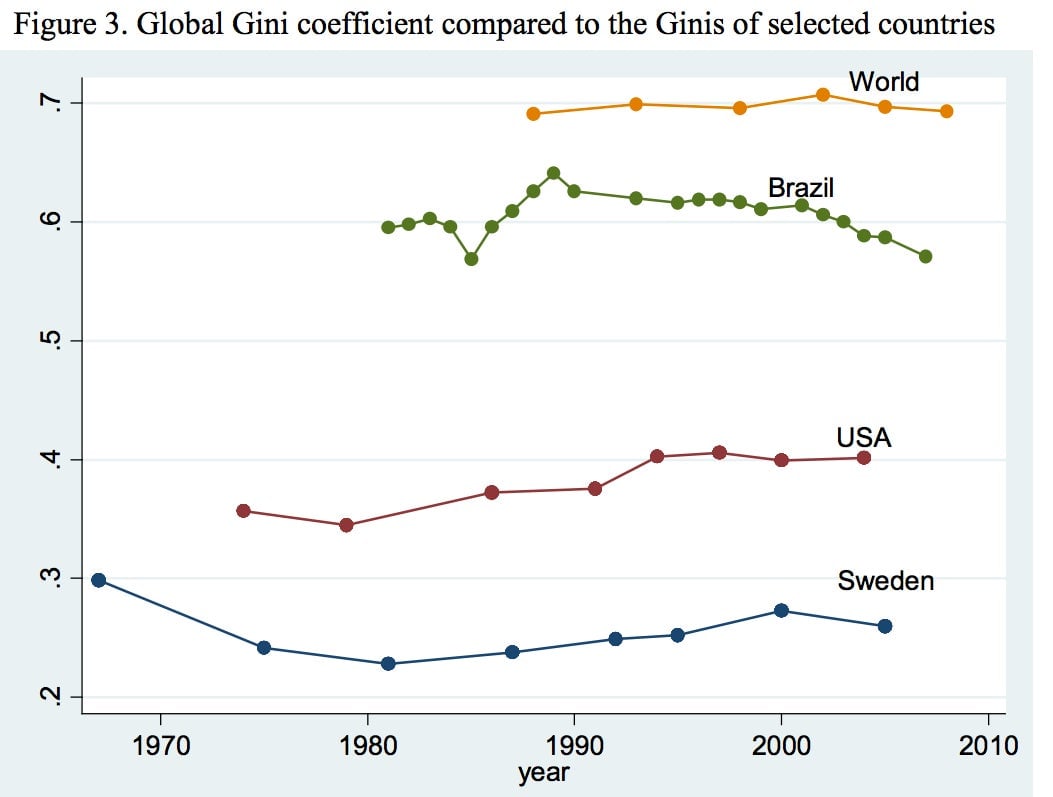124 Brazilians are worth over a tenth of the country’s GDP
If the US wants to feel better about its widening income inequality, it just has to look at Brazil.


If the US wants to feel better about its widening income inequality, it just has to look at Brazil.
According to the latest list of the richest Brazilians from Forbes, Brazil now has 124 billionaires worth a total of some 544 billion Brazilian reals ($239 billion). That’s the equivalent of over 12% of the country’s GDP last year (4.4 trillion reals).
Much of Brazil’s wealth is in the southeastern region, which includes São Paulo, Rio de Janeiro and the state of Minas Gerais, and is home to roughly 65% of the country’s billionaires. The northern region, one of the country’s poorest, has not one. The bulk of Brazil’s money is still held by rich and powerful families, which dominate traditional industries such as banking, construction and food. Eike Batista, Brazil’s former richest man (although most recently its biggest loser) made his money in oil; Jorge Paulo Lemann, Brazil’s new richest man, worth roughly 38 billion reals, owns controlling shares of Heinz, AB-InBev and Burger King; and brothers Roberto Irineu, João Roberto and José Roberto Marinho share control of Latin America’s largest media empire, Globo, which was founded by their grandfather. Only one of Brazil’s 124 billionaires made his fortune on the Internet: Eduardo Saverin, co-founder of Facebook.
Despite the growing pool of Brazilian real royalty, there remains a sobering truth: The country’s great fortunes contrast starkly with its towering income and wealth disparities. The graph below, pulled from a working paper (pdf p. 21) by Branko Milanovic of the World Bank, depicts the troubling extent of it. Brazil’s poorest ventile (i.e., 5%) are also among the poorest few per cent worldwide. The poorest Americans are still in the top 40% of income globally, and even the poorest Russians and Chinese are a good bit better-off than the poorest Brazilians. But the richest Brazilians are nearly as rich as the richest Americans.

In 2011, Brazil’s Gini coefficient, which measures wealth inequality, was 0.501, on a scale of 0 (total equality) to 1 (total inequality). As the chart below, also from Milanovic, shows, that’s high. Roughly half of the country lives on monthly incomes of less than $130, according to 2010 census data.

But while Brazil might make the US’s income disparities look less extreme by comparison, its situation is, at least, improving. Inequality has been falling since the turn of the century, and much faster than that of the world at large. Protests earlier this summer brought further attention to the country’s wealth gap, and a recent economic slowdown has hit the rich too (pdf). The US, on the other hand, appears to be growing ever more unequal.